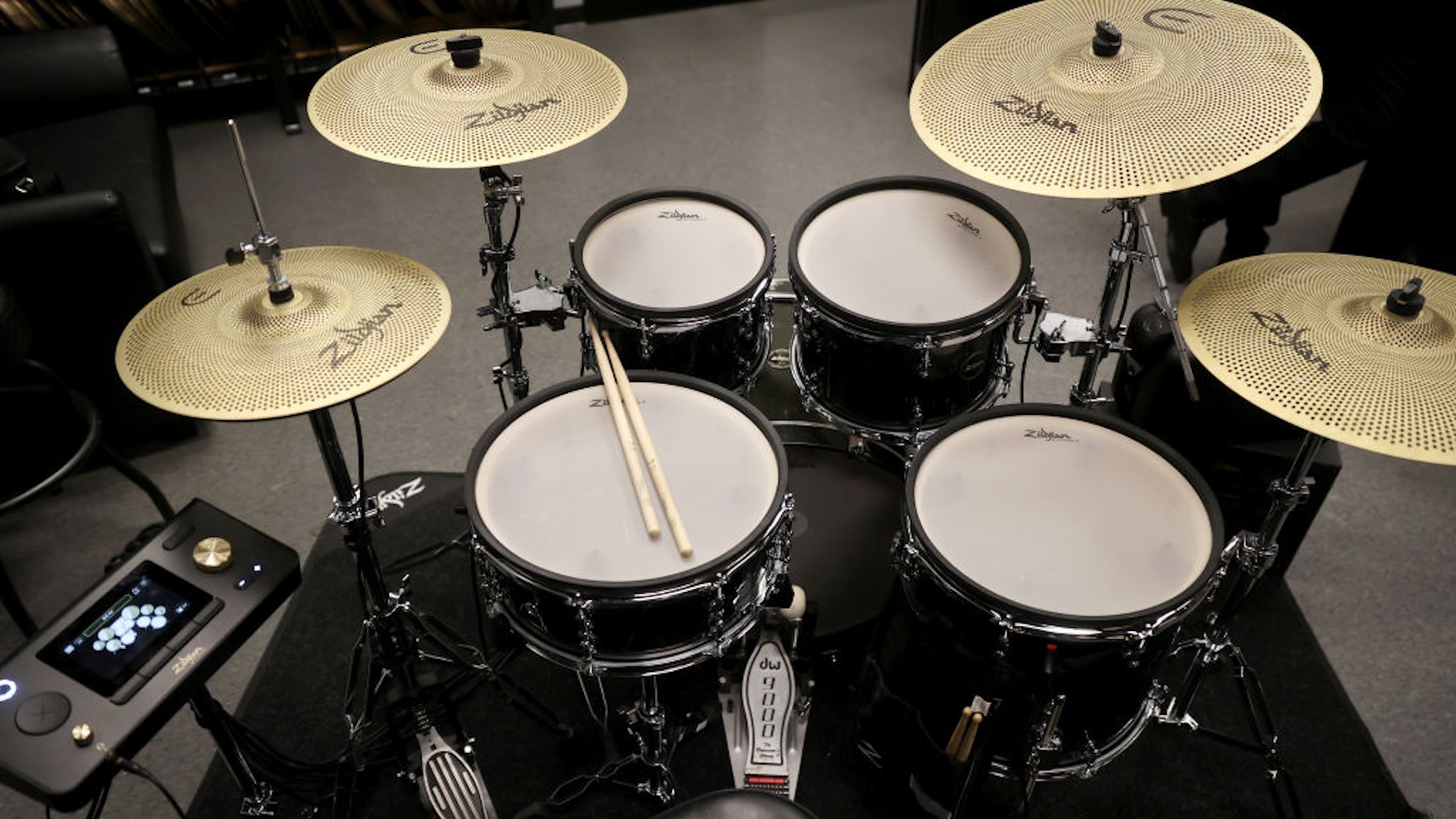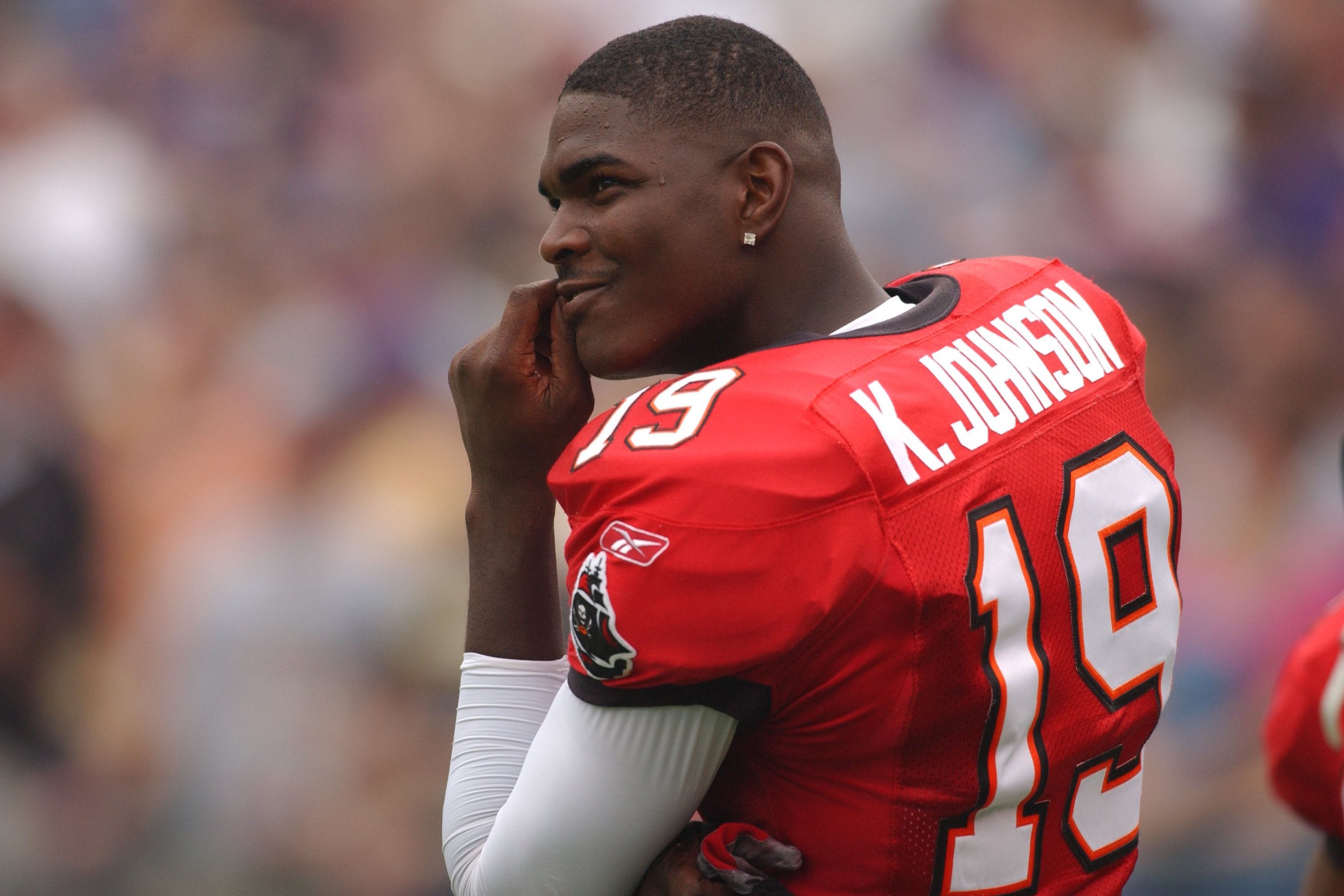The first time I took music lessons, the teacher fell asleep.
We were in a strip mall, in one of those family music centers that pop up in every suburb, in a soundproofed, one-window room that looked like a cell from the outside. Before I found the drums, or really, before they were gifted to me, my parents tried to get me to play piano, an instrument that was beloved at my grandparents’ house. But that first lesson, I felt trapped with the elderly woman supposedly teaching me, her netted wig slipping off her head, her weathered Big Gulp with its lipstick-stained straw perched halfway off the top of the upright piano, soft snores and magnified eyelids from her Coke bottle glasses. I took a few more aborted lessons with this peaceful woman, a short, cheery grandmother (“And how are you today!”) who invariably nodded off halfway through our 45 minutes together.
You throw stuff at kids in the hopes that something will stick. Whether it’s sports, art, academics or music, adults pray that some magical combination of discipline and encouragement will make a kid good at something. Sometimes it works, and the adult feels proud that they didn’t fail. If you’re the kid, you already have a pretty good idea of how long you can fake your enthusiasm before everyone gets annoyed. But music wasn’t necessarily something I needed to be forced into.
It’s a clichéd feature of every musician’s autobiography to say they grew up in a house full of music and exotic instruments, with parents who lovingly curated vinyl collections and sang all the time. I think this narrative is seductive partly because it’s really difficult to describe how music functions in your life if it feels like it’s always been a part of it. I don’t mean that one has listened to music their whole life, as if you need to clarify that you've always been breathing. There’s something more, an ephemeral sensibility, which sounds like complete nonsense when you try to describe it in flowery language.
Put it this way: There are people who hear a certain kind of music and instinctively want to dance, and there are people who hear a similarly resonant kind of music and want to be involved in reproducing or wholly creating it. For most of my childhood, I was surrounded by the former. My family was, like the descendants of many Boomers, obsessed with The Beatles. The Beatles may have been the first band I knowingly clocked when I was little, their songs played in a melange of greatest hits rather than distinct albums. The mainstays from the records Yellow Submarine, Help!, and Rubber Soul stood out at first, followed by all the other earlier and later works. I grew up seeing The Beatles’ faces blown up to huge proportions on the side of buildings. The phantasmagoric Beatles-inspired Cirque du Soleil show Love, which premiered when I was 10 and staged its final show earlier this year, erected various signs and banners around Las Vegas during my childhood, the most memorable being a magenta-orange version of portraits of each band member from their Sgt. Pepper era. For almost 20 years, the most famous rock band in history was one part of Vegas’s cultural identity, amidst all the other legendary dead musicians it has claimed.
At any rate, I grew up with Ringo Starr in my ear. He produced boilerplate rock drumming for some, but even before I started playing the drums and learned that Ringo is left-handed but plays on a right-handed kit, I could hear something slightly off in his playing. For one, he leads with his left hand during his drum fills, putting together combinations of tom-tom and snare that most right-handed drummers wouldn’t naturally gravitate toward. For another, Ringo has an impeccable sense of timing, more akin to R&B drummers than most rock drummers. The literary critic James Wood, himself an amateur drummer, wrote a personal essay about his relationship to playing and listening called “The Fun Stuff,” in which he characterizes Starr as a drummer “who interpreted his role modestly,” pointing out his work on the Abbey Road track “Carry That Weight” as doing “nothing much.” Wood prefers the drumming on a cover by Phil Collins, himself a lefty who actually played lefty with, to my ear, more basic fills in between the standard rock beat.
Of course, so much of music listening and playing comes down to personal preference. For me, something inescapably irritating about the Phil Collins cover of “Carry That Weight” is the way the drums sound, that echoing studio reverb you hear on a lot of late ‘80s and early ‘90s pop tracks. Versus the original cut, where Ringo’s drums are mic’d and mixed close and there’s almost no reverb at all, the tight snap of his snare and the glorious, full explosion of his crash symbols evoking the sound of Melvin Parker’s precise playing on James Brown’s “I Got You (I Feel Good).” None of this extended thinking about playing style or sonic capture was second nature to me when I started playing drums in middle school, but I began to realize that I had already noticed these things in an errant, back-of-my-mind sort of way.
To concretize these ideas and actually train my ear to listen for certain key details—how hard a drummer hits, what part of the stick they use, where they cheat a beat on one limb to steal a beat on another—took a good teacher, and I unknowingly had one of the best. My uncle gave me a black pearl Slingerland drum kit for Christmas one year, but beyond simple rock songs, I couldn’t play much with any skill. This period before I was taught how to play properly was necessary for my development, in that I had to work harder to listen to the music I wanted to play. At some level, drumming comes naturally. Rhythm isn’t a gift everyone has; recall any moment at a concert when the audience tries to clap in sync for longer than five seconds. But there are certain physical instincts that make themselves apparent, these preverbal intuitions of the body that don’t account for musical notation or any kind of theoretical distinction. You feel something, and you do it.
I learned that from my teacher Pat, a white-haired, spry New York transplant to Vegas who studied under Gary Chester. Chester belonged to a select group of New York session musicians who, in the ‘50s, ‘60s, and ‘70s, were called upon to reliably flesh out any number of Motown and classic rock recordings, often on short notice. You’ve undoubtedly heard Chester, who played on hundreds of albums, on songs like “Brown Eyed Girl” by Van Morrison, “He’s So Fine” by The Chiffons, and “You Don’t Mess Around with Jim” by Jim Croce. Listening to these tracks, one doesn’t hear the kind of pyrotechnics most kids learning to play drums want to hear, the bombastic and virtuoso finesse of John Bonham, Dave Grohl, or Buddy Rich. Rather, there’s a liveliness in Chester’s style that comes from playing the basics well, with the ability to make a song (and the boy listening to it) move.
Those first lessons with Pat were both boring and incredibly difficult. I didn’t know how to properly hold my sticks or how to keep time while doing drum fills, and I couldn’t read music. I didn’t even really know how to properly play the drums with a view toward favoring my dominant hand. My early style was wily and lacking in any discipline, which can be an asset if one hopes for raw energy over agility. Then again, even progenitors of punk and ska like Glaxo Babies and The Clash featured drummers who were both energetic and in complete control of their bodies. I was impatient and talented. Pat knew I could play the songs I wanted to play, and I could visualize how they were played in my head when I heard them, but the physical barrier, the clumsiness and lack of methodical practice, was too substantial and I was too unfocused to get where I wanted to on my own. By that point, Pat had taught dozens of kids, including John Tempesta—“Johnny,” to Pat—a heavy metal drummer who’s recorded and toured with Rob Zombie, The Cult, Exodus, and Testament. I didn’t know who any of those bands were, or why Gary Chester mattered at all when Pat brought him up. I just wanted to play.
Almost 10 years after that first lesson, I was a completely different person, a better and more patient player, and a voracious listener. The best teachers are those who have faith that you’ll be able to see past your own frustration to the goal on the other side. They make the notion of practicing on your own, away from the stringent supervision of an in-person lesson, not only important but enticing. Pat dealt with a lot of laziness from me. One of Chester’s legacies is a pair of books called The New Breed and The New Breed II, instructional manuals for playing increasingly complicated drum parts with not only either hand, but either foot. Ambidexterity was important to Chester, as was what Pat called “independence,” the ability for one or multiple limbs to be playing a different rhythm than the others. Pat’s lessons were broken up into two distinct sections and the New Breed portion was always the one I dreaded most, not only because it was hard but because I almost never practiced at home.
Now, I look back on my reluctance with a mixture of understanding and annoyance. Sure it was hard, but it made me better, more fluid, more comfortable with improvisation and failure. Stewart Copeland, drummer for The Police and a musical hero of mine in those years, seemed the perfect example of a player whose technical rigor and willingness to push past his physical comfort yielded a unique style that sounded completely new. I wanted the results, not the grueling hours of repetition needed to get there. Chester taught his students to sing each part of whatever rhythmic system they were learning, a mortifying prospect for a sleepy teenager unused to speaking unless spoken to. But Pat’s enthusiasm was infectious. Nearly every member of my family came to a lesson at some point during my time with Pat. At the end of the session, when he finally let me play along to a few songs without making me look at pages of notes or having me play distinct rhythmic patterns with the heel of one foot and the ball of the other, Pat would march around the room to the music, push a tambourine or a cowbell into a spectator’s hand, and generally puncture the po-faced, too-cool idea I had of playing drums, shrinking it back down to that indelibly pure thing it was always meant to be.
Drumming remains a passion, though it’s an unwieldy one. The instrument itself is heavy and inelegant to lug around. It’s very loud. I’ve been lucky to have lived in several places where I can play my acoustic drum kit at full volume without the complaints of neighbors. I’d like to think that some part of this comes down to the fact that I’m a good player, but it’s also a matter of courtesy. I never play at night or past sundown. I mostly play on weekends. I’m not in a band, though I’ve been in a few tiny ones. I don’t write my own compositions, beyond improvising over existing parts. I don’t fuss over my kit or have more than one—the world of drum gear and maintenance is as vast and convoluted as that of cars.
Like any amateur musician who keeps their craft to themselves, I feel both invigorated by my instrument and a sense of yearning for that one cinematic moment when I might actually play on a big stage. The reality, of course, would likely be lackluster, even embarrassing. But I didn’t want to play drums for the glory of being seen playing them anyway. I wanted to learn how to jump into the stream of a song, to enter that flow state of awareness and unthinking intuition that sounds almost hallucinogenic.
Suffice it to say, those moments are exceedingly rare. They can’t be forced. One of the most satisfying aspects of drumming comes not even from playing, but from being able to pick apart a song, even one performed past your own skill level, and understand how it works. That understanding unlocks a new dimension of appreciation, it reorients your conception of what music can be, and, for my purposes, creates a more detailed and rigorous discernment about what music is actually meaningful to you. Sometimes it’s a difference of degrees, a difference between Ringo Starr and Phil Collins playing the same song. It turns something that functions as little more than set dressing for many people into a fundamental and beautifying element of life without which the world, and one’s place in it, would be diminished.






